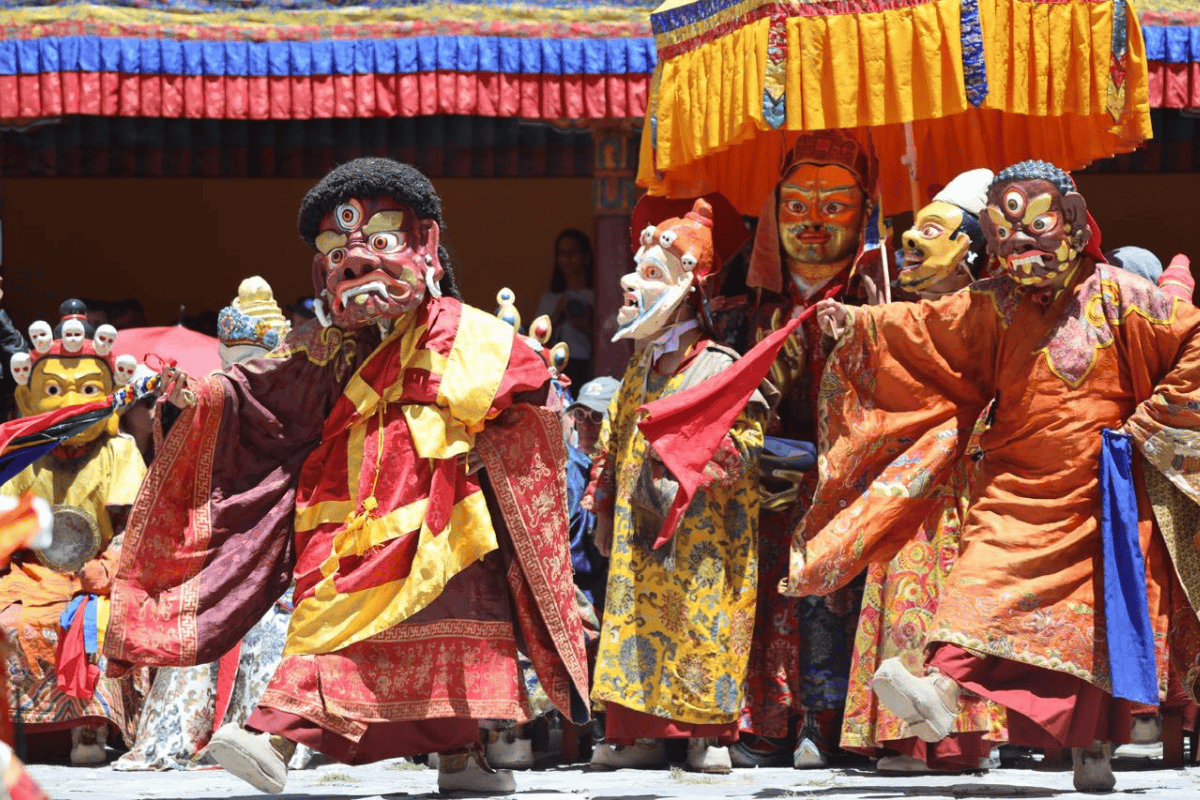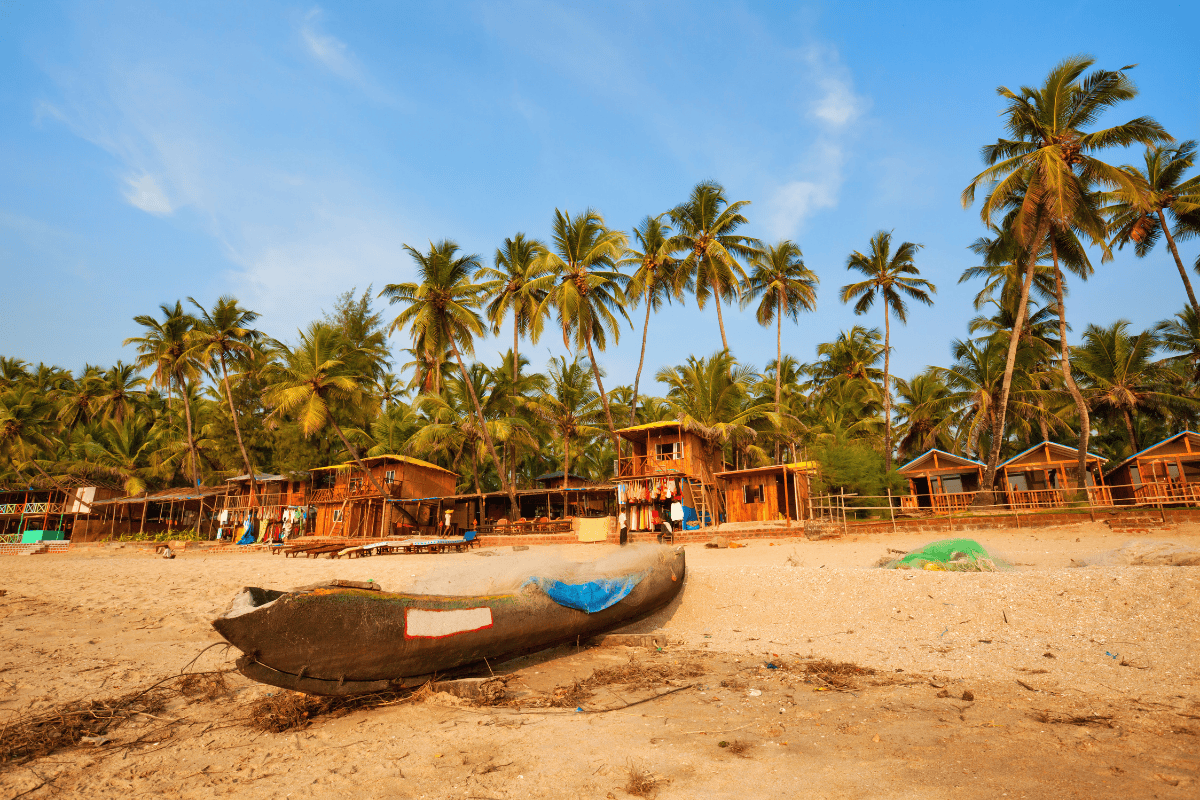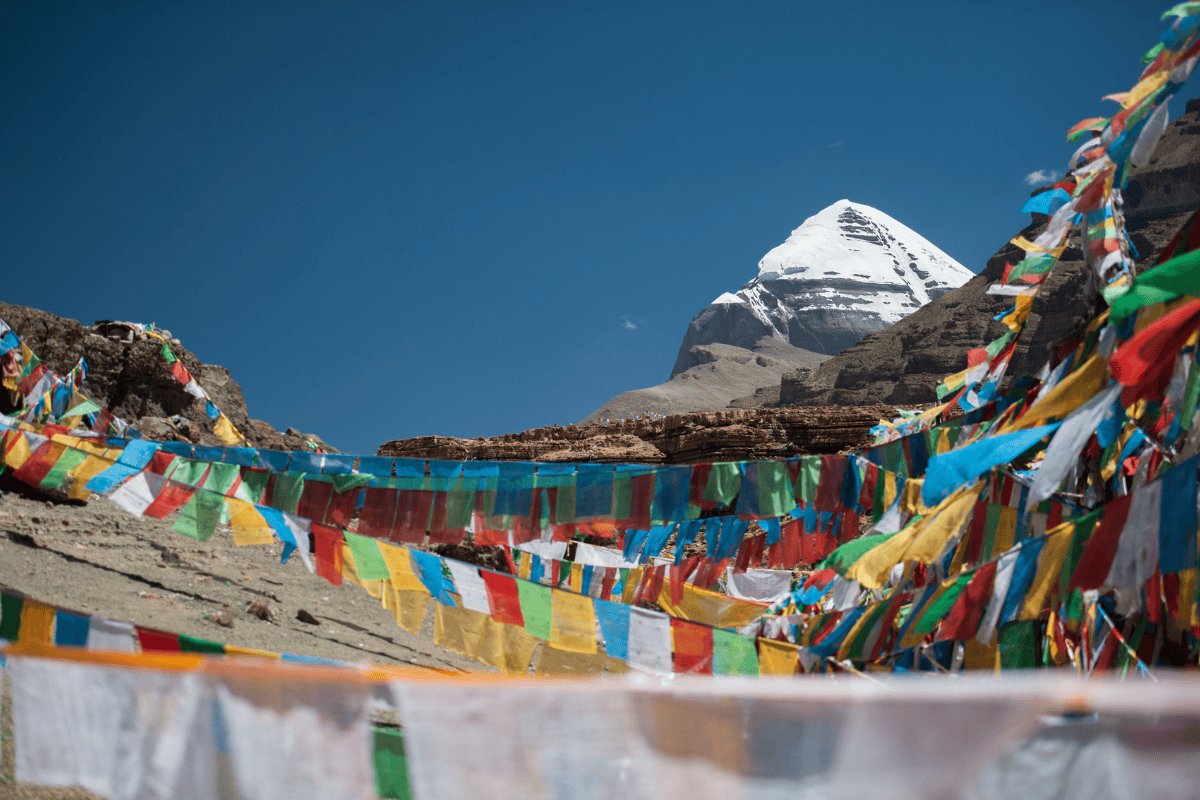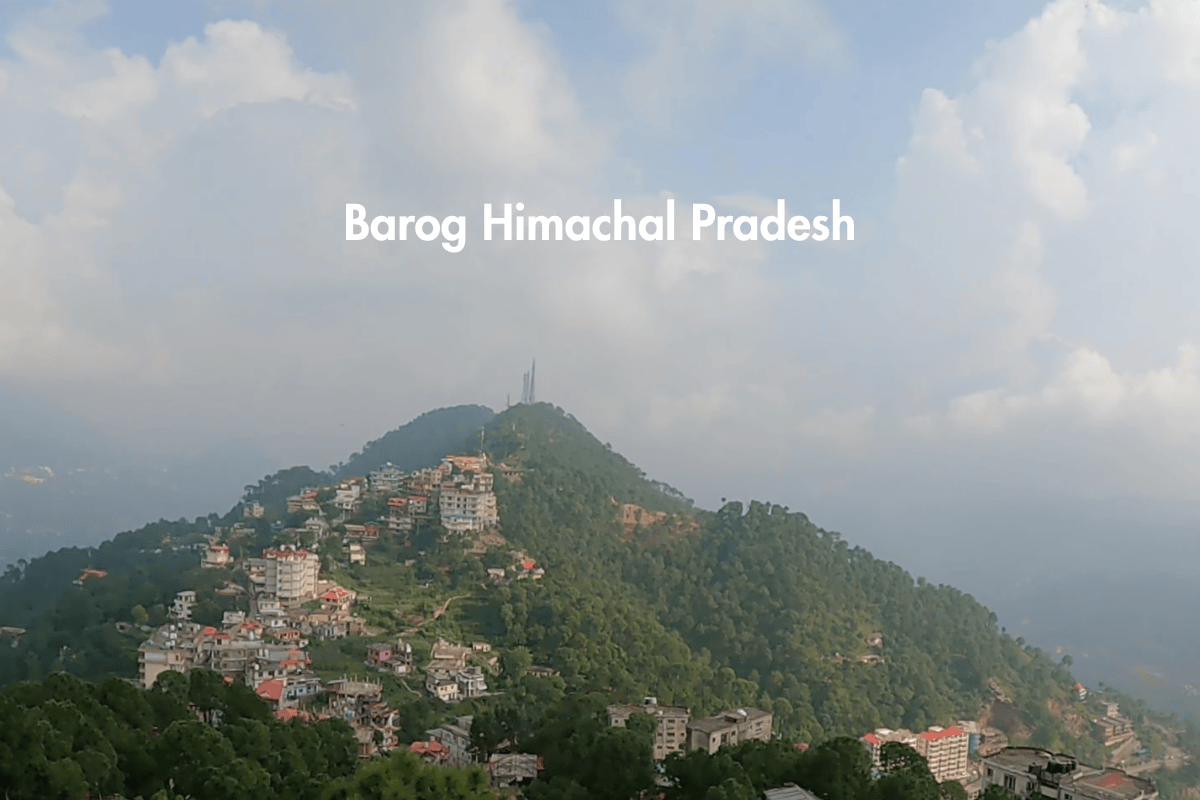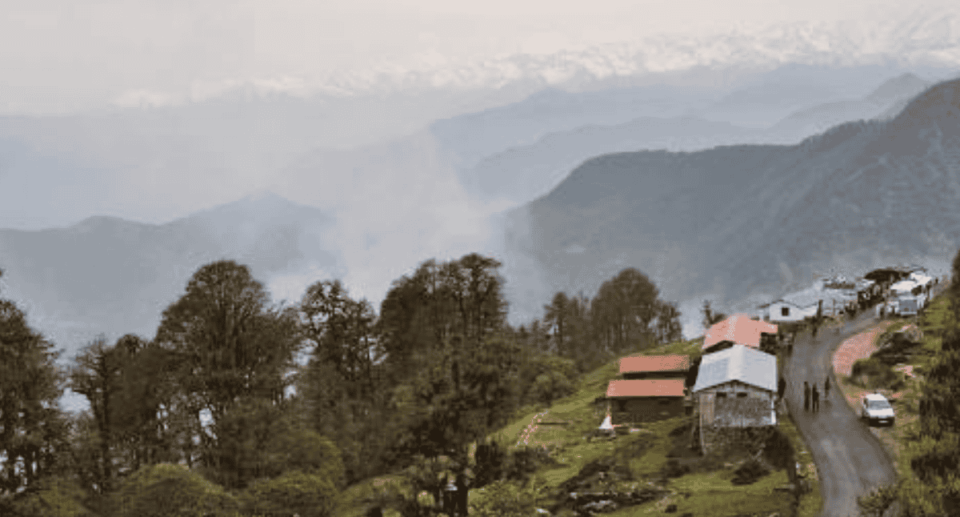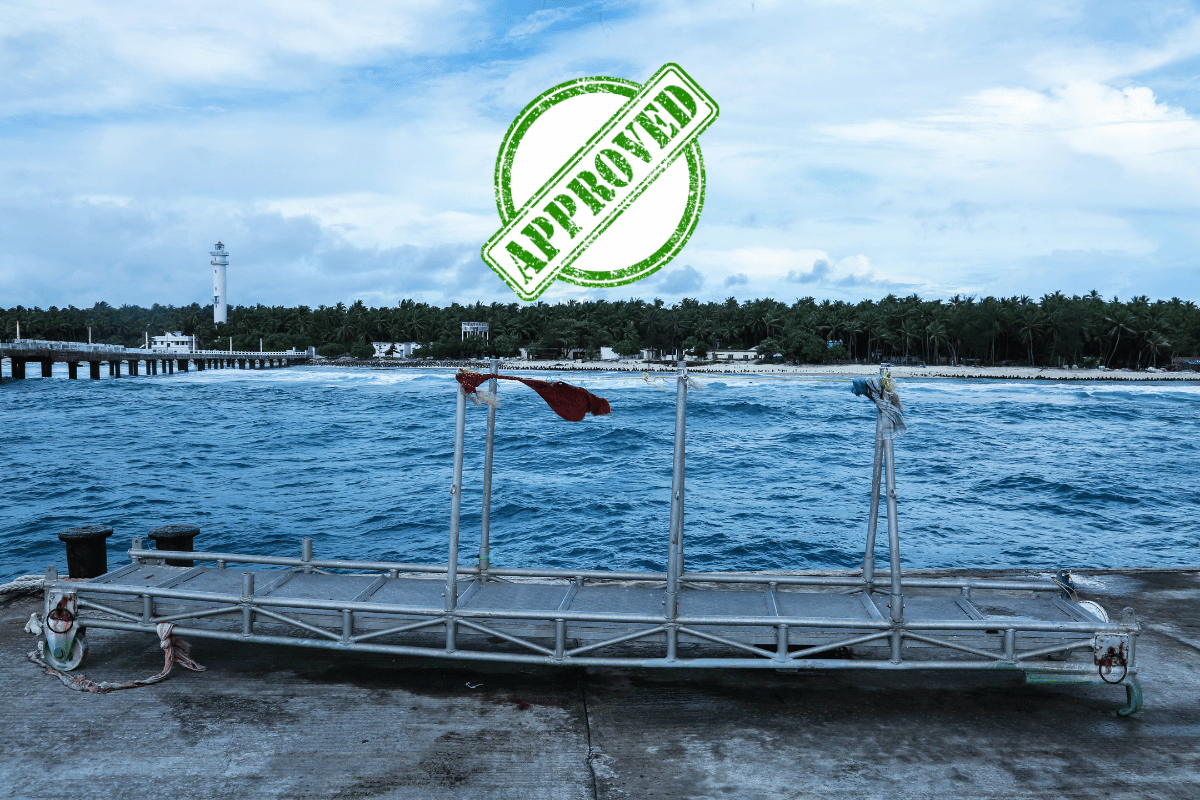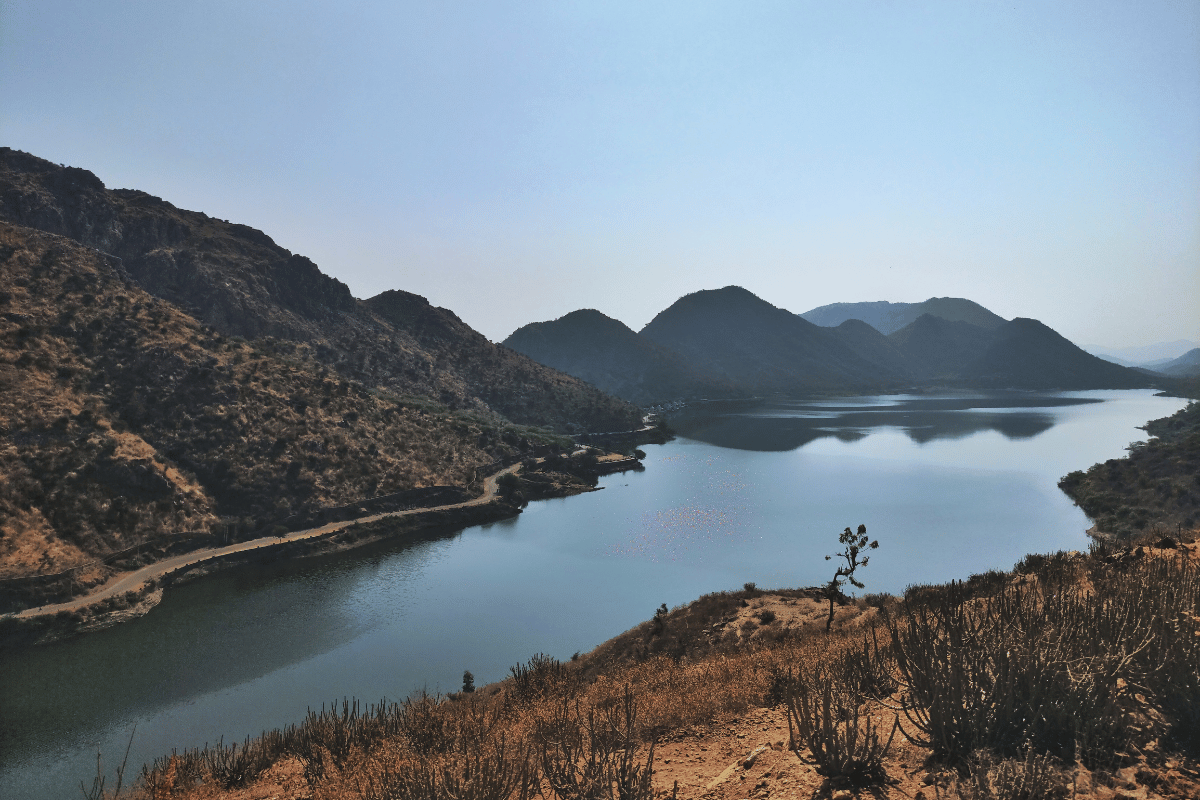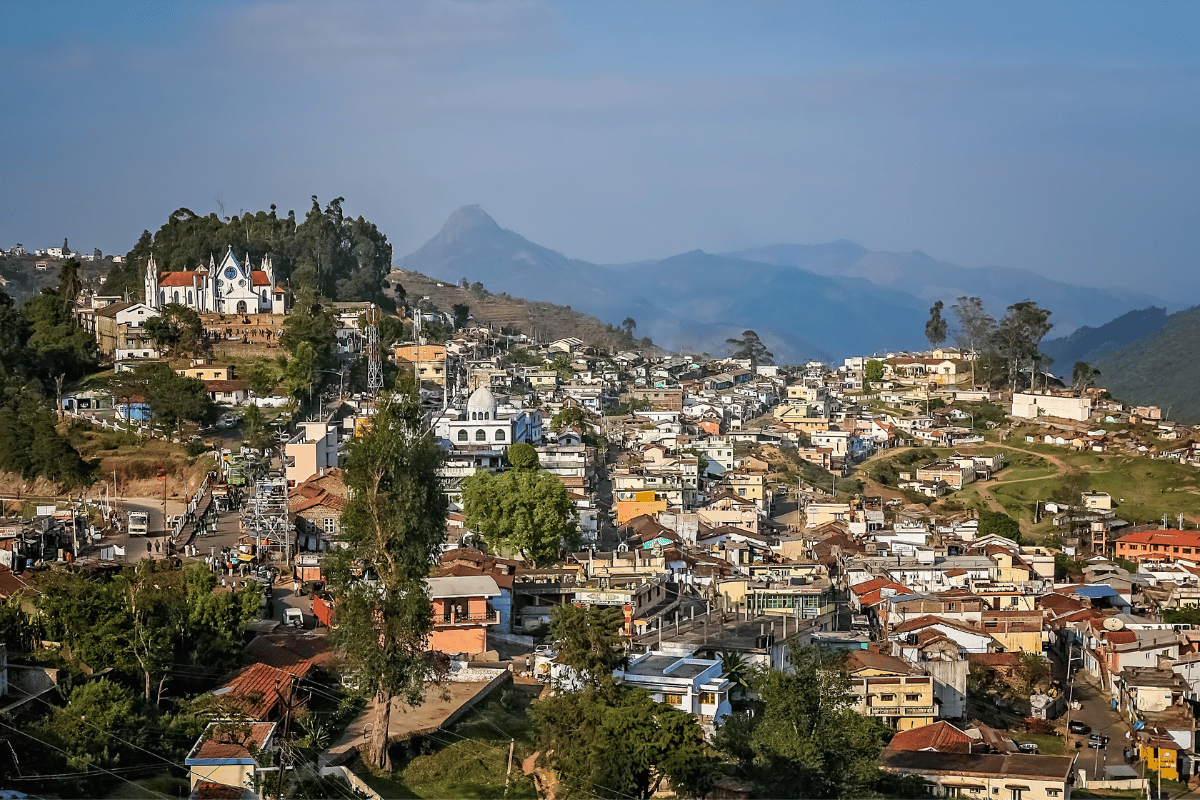Zanskar Valley: A Journey Through Time and Tranquility

Zanskar Valley, hidden deep in the harsh terrain of Ladakh, is not just a goal – it’s any in that it transports you to the empire intact with the help of time. Imagine a country in which the towering mountains stands like a quiet guard in which historical monasteries stick to cliffs as if they were whispering secrets and techniques on the sky and in which the untouched rivers work through an important, breathtaking landscape. Here, the air consists of soft singing spiritual, adventure trails look at your patience and serenity of natural wraps around you want to include warm.
For centuries, the Zanskar Valley remained hidden gem, only 3 readers who dared to discover their distant beauty. Whether you are looking for adrenaline-pumped adventures, a deep spiritual connection or simply escape from the chaos of modern international international, Zanskar offers something absolutely for everyone. Every corner of this valley tells the story-historical exchange routes, Buddhist traditions preserved for generations and an unaffected paradise that calls for you to disconnect from regular and immerse your self at the first rate.
Let’s take an adventure through rich records, should participate in places, cultural reports and satisfactory time to explore this hidden Himalayan miracle.
Table of Contents
The History of Zanskar Valley
The Zanskar valley has a history as captivating as its landscape. As soon as it was part of the GUGE Kingdom in Tibet, it was a melted pot of Tibetan Buddhist subcultures for hundreds of years. The valley turned into a great exchange rate between Ladakh and Tibet, where investors exchanged wool, salt and precious stones. Over time, Zanskar has become a spiritual center with numerous monasteries that maintain Buddhist traditions, art and fonts.
The Namgyal Dynasty Ladakh also dominated Zanskar at extraordinary points in the records. The valley remained isolated for hundreds of years due to its harsh terrain, but this insulation also helped maintain its rich traditions and untouched landscape. Even these days, the valley maintains antique international attraction, where customs and practices and practices are part of everyday life.
Best Places to Visit in Zanskar Valley
If you’re planning a trip to Zanskar, these are the places you cannot afford to miss:
1. Phugtal Monastery – Cave Monastery

The Pugtal monastery, carved directly into the cliff, is one of the maximum but stunning but stunning monasteries in the global state. This Buddhist monastery built in the twelfth century looks as if a honeycomb shape has been planted in the mountains.
The trek to reach Phugtal is hard, but the view of the Lungnak River and not the violent air of the monastery’s confidentiality is all worth it. The monastery is home for approximately 70 monks who live in harmony with nature and work on ancient meditation strategies. Visitors can also live in a single day to experience monastic lifestyle first hand.
2. Zanskar River (Chadar Trek) – a frozen adventure

In Winter, the Zanskar River transforms directly into the frozen Wonderland and offers the mythical trek Chadar. This trek is one of the maximum difficult but paid studies in India, in which adventurers go through dense ice, pass frozen waterfalls and slim rolls.
Temperatures Sub-0 and unpredictable conditions make it a real view of endurance. But the charming splendor of the frozen river and fun on the feet on the ice attracts adventure fanatics from the arena.
3. Karsha monastery – the largest monastery in Zanskar
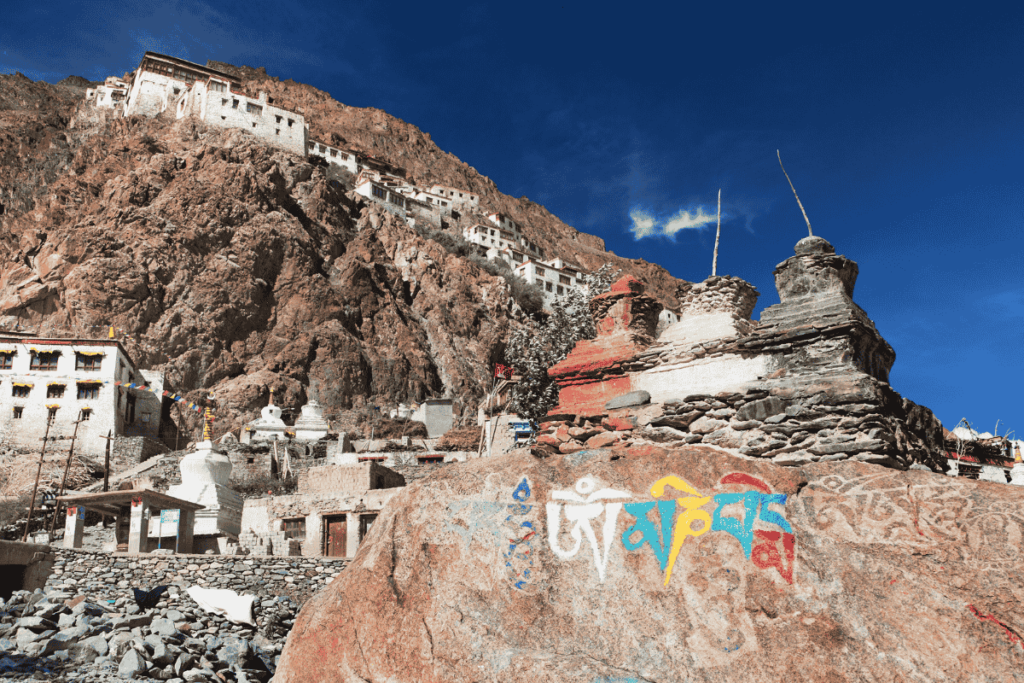
Karsha monastery, set at the top of the hill, is the largest and maximum widespread monastery in Zanskar. It is home to hundreds of spiritual and is known for its beautiful work of art, historical relics and a wide panoramic view of the valley.
The monastery is known for the Gustor festival, which takes place annually, in which priests perform cham’s sports difficult mask dances. This competition represents victory accurate over evil and offers a unique view of Tibetan Buddhist traditions.
4. Padum – Heart of Zanskar
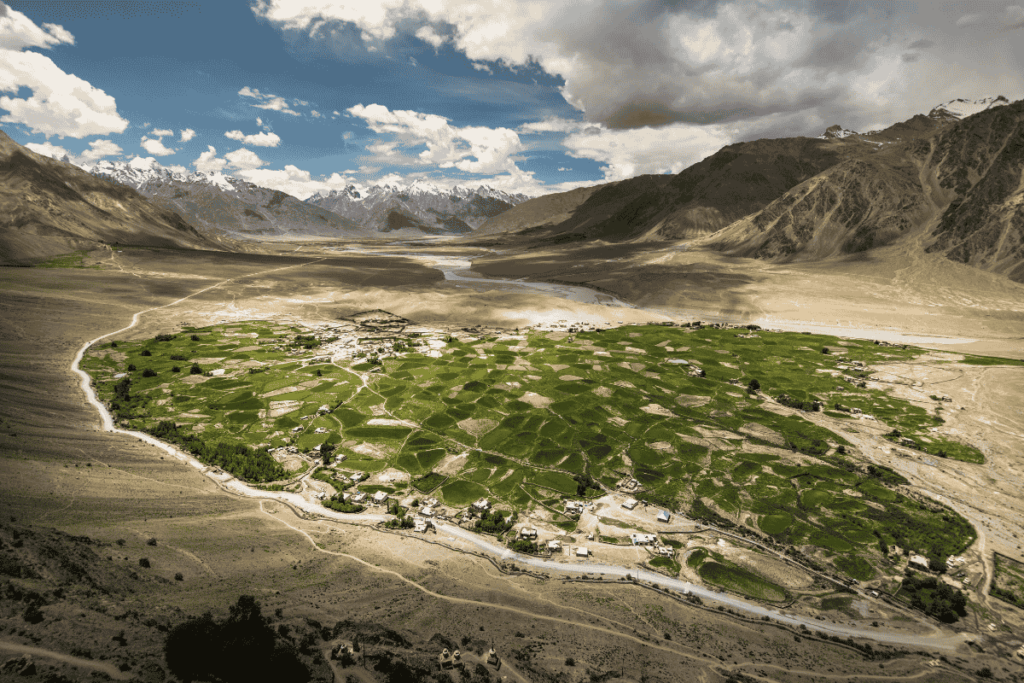
Padum is an administrative center of Zanskar and a gate to the valley. It is a small but colorful city where tourists can enjoy a mixture of contemporary services and traditional lifestyle Zanskari.
Padum, surrounded by the peaks of snow -covered peaks, is an excellent base for discovering nearby monasteries, including the Sani Monastery, where the Buddha statue is located. Travelers can also go to a pibiting village, recognition for their picturesque beauty and traditional mud brick houses.
5. Drang-Drung Glacier-Impaet spectacle
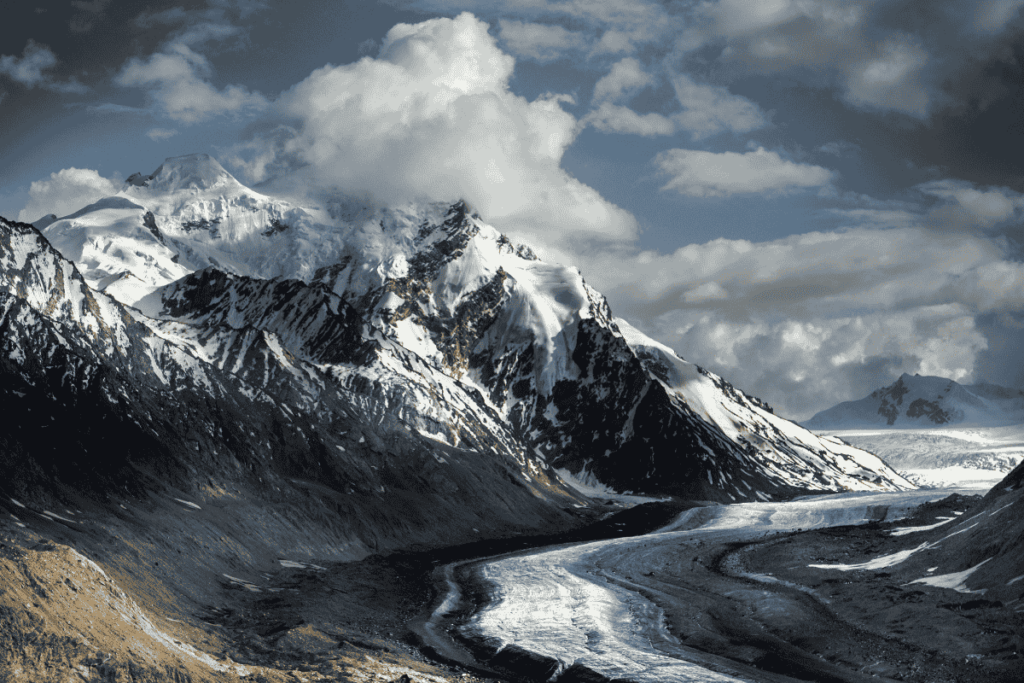
The Drang-Drung glacier is considered one of the largest glaciers in Ladakh and the primary reflector of Zanskar. This massive ice river is located along Pensi La Pass and is a beautiful view for fans of nature and photographers. The glacier is the supply of the Doda River and its stunning perspectives of snow -covered peaks make it the need for a visit for those traveling on the Zanskar highway.
Local Culture and Festivals
Zanskar is not always just about a breathtaking landscape; It is also about rich cultural reviews. People here are warm, pleasant and deeply rooted in Buddhist traditions. Some of the well -known fairs celebrated in Zanskar include:
- Gustor Festival (Karsha Monastery) – offers conventional masked dances and rituals performed by monks.
- Sani Nasjjal Festival – this competition, celebrated in the monastery of Sani, collects the locals for spiritual ceremonies and social opportunities.
- Losar Festival – Tibetan New Year, marked with prayers, holidays and cultural performances, is a pleasure for people Zanskari.
Best Time to Visit Zanskar Valley
The first time to visit depends on what kind of appearance you are looking for:
- Summer (June to September): The best time for sightseeing, trekking and street trips. The valley is on the market on the market and the weather is exceptional.
- Winter (January to February): The best for Chadar Trek, but extreme blood without blood makes the way more difficult.
- Spring (March to May) and autumn (October to November): A much less crowded seasons with a slight weather and gives a beautiful landscape, but limited availability due to snow.
How to Reach Zanskar Valley?
Achieving Zanskar is a way in itself. Here are the methods you could get there:
- Air: The nearest airport is in Leh, where you can rent a bike, taxi or take a bus to reach Zanskar.
- On the road: The maximum famous route is through Kargil-Padum Road, which is open from June to September. The trip is picturesque, with captivating views of excessive mountain passes and rivers.
- Trek: For lovers of travel, hiking trails from Himachal Pradesh to Zanskar provide an exciting alternative, even if they require an excessive health phase.
Conclusion
The Zanskar Valley is not just a destination; It is an experience that mixes adventure, history and silence. Whether you set out on a frozen river, explore historical monasteries or breathing inside the untouched beauty of the Himalayas, Zanskar leaves a long -term impact. Plan your adventure wisely and let the magic of this hidden Himalayan gem before you develop.
Are you ready to embark on adventure over time and silence? Pack your luggage and allow the Zanskar valley to be your next high quality way.

